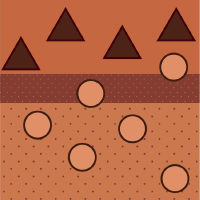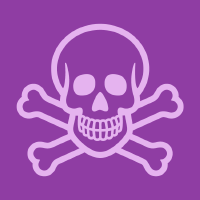Topic Menu
► Topic MenuTopic Editors




Renewable Energies for Water Treatment and Reuse in Mining Industries
Topic Information
Dear Colleagues,
Water is essential for the mining industry—for mineral extraction and cleaning, as well as for the needs of the miners and people’s lives around the mines. Nevertheless, the huge water footprint of the mining sector imposes a severe strain on the water–energy–raw material nexus.
The mining sector urgently needs a step change towards ecological modernization and sustainable development. In this scenario, the advent of advanced and green technologies provides new exciting opportunities, such as the reduction in water and energy consumption and extraction of water and valuable components from mine tailings.
In this issue, researchers are invited to contribute original research papers as well as review articles related to the implementation of environmentally friendly practices in the extractive sector. This issue embraces the following topics:
- Assessment of the environmental and energetic impacts and the water footprint of the mining activities;
- Rational use of water resources in the logic of a circular economy and a zero-liquid discharge in the extractive sector;
- Implementation of carbon-free technological approaches for reducing the conventional energy resources requirements in mines;
- Extraction of critical raw materials, valuable minerals, and metals from alternative sources (e.g., seawater mining);
- Sustainable treatment of mining wastewaters and acid mine drainages (e.g., membrane processes).
Dr. Sergio Santoro
Dr. Francesco Chidichimo
Dr. Barbara Ruffino
Prof. Dr. Lourdes García-Rodríguez
Topic Editors
Keywords
- mining industry
- water–energy nexus
- critical raw materials
- wastewater treatment
- circular economy
- blue economy
- zero-liquid discharge
- renewable energies
- membrane processes
- heavy metals pollution
Participating Journals
| Journal Name | Impact Factor | CiteScore | Launched Year | First Decision (median) | APC | |
|---|---|---|---|---|---|---|

Energies
|
3.2 | 5.5 | 2008 | 16.1 Days | CHF 2600 | Submit |

Membranes
|
4.2 | 4.4 | 2011 | 13.6 Days | CHF 2700 | Submit |

Minerals
|
2.5 | 3.9 | 2011 | 18.7 Days | CHF 2400 | Submit |

Toxics
|
4.6 | 3.4 | 2013 | 14.7 Days | CHF 2600 | Submit |

Water
|
3.4 | 5.5 | 2009 | 16.5 Days | CHF 2600 | Submit |

MDPI Topics is cooperating with Preprints.org and has built a direct connection between MDPI journals and Preprints.org. Authors are encouraged to enjoy the benefits by posting a preprint at Preprints.org prior to publication:
- Immediately share your ideas ahead of publication and establish your research priority;
- Protect your idea from being stolen with this time-stamped preprint article;
- Enhance the exposure and impact of your research;
- Receive feedback from your peers in advance;
- Have it indexed in Web of Science (Preprint Citation Index), Google Scholar, Crossref, SHARE, PrePubMed, Scilit and Europe PMC.

